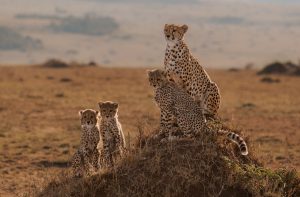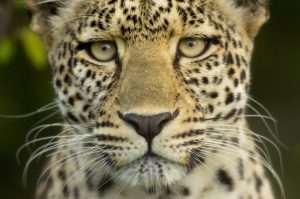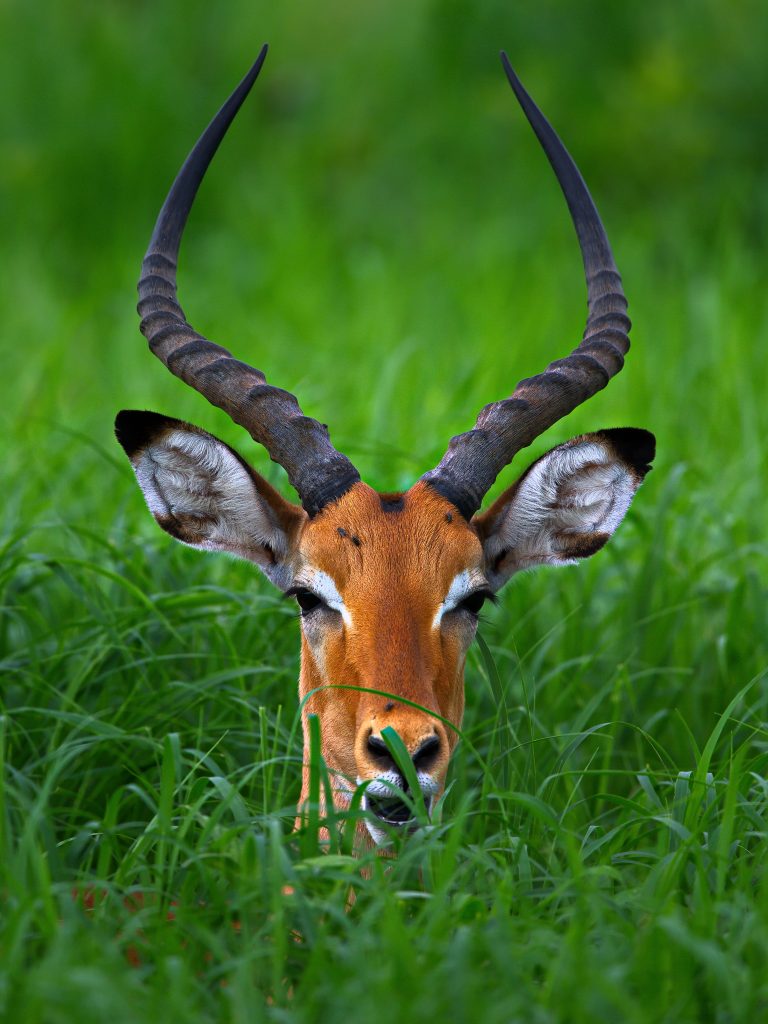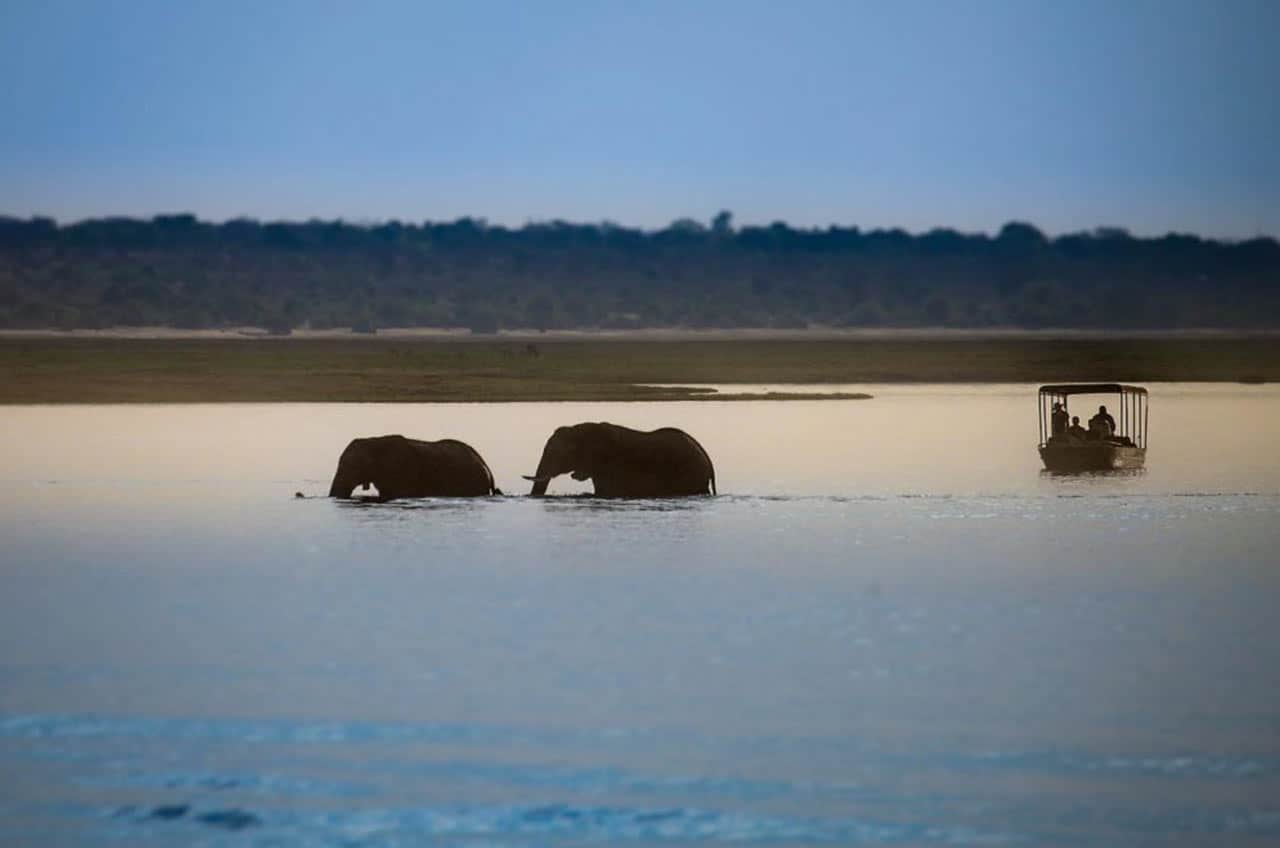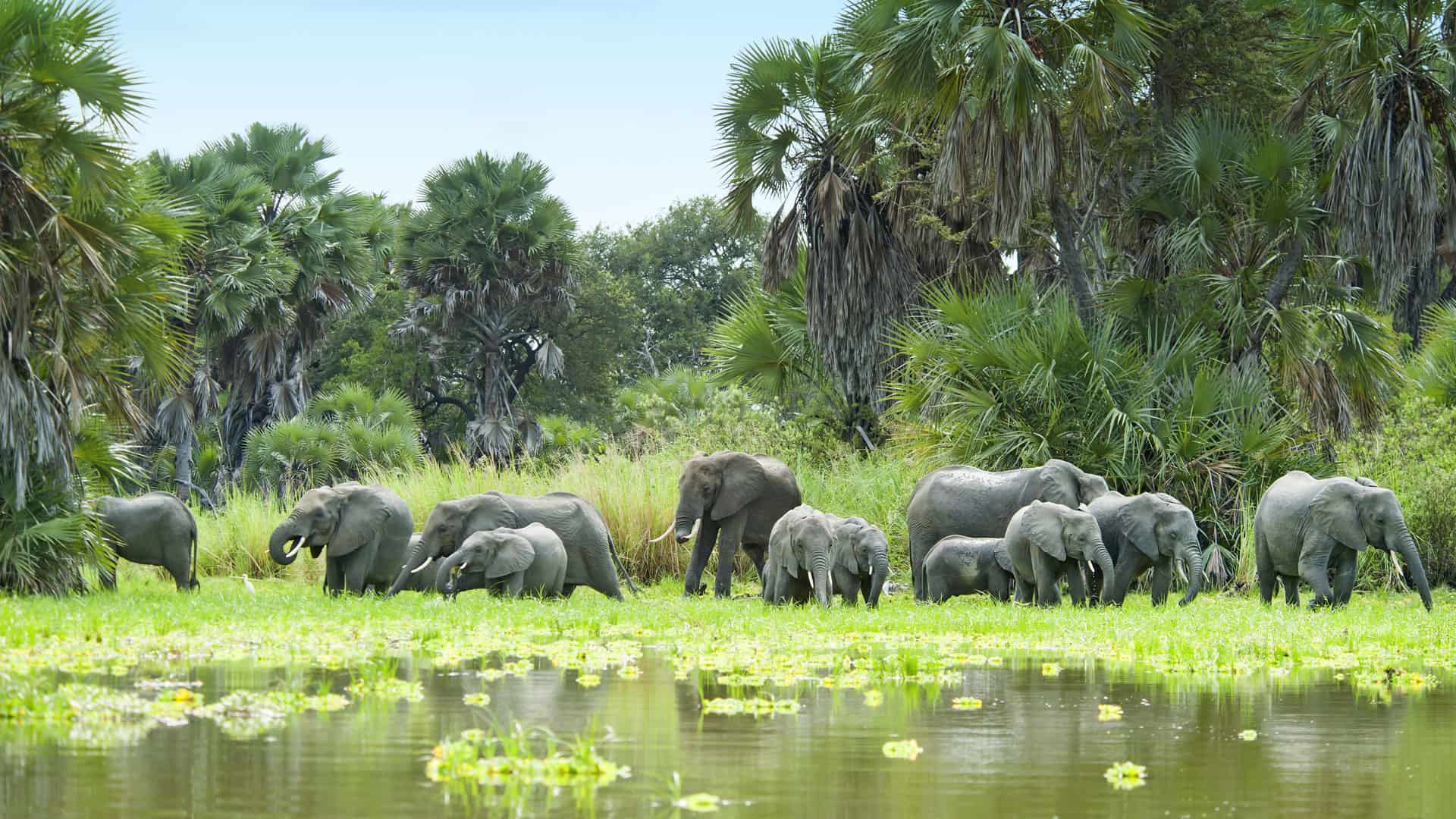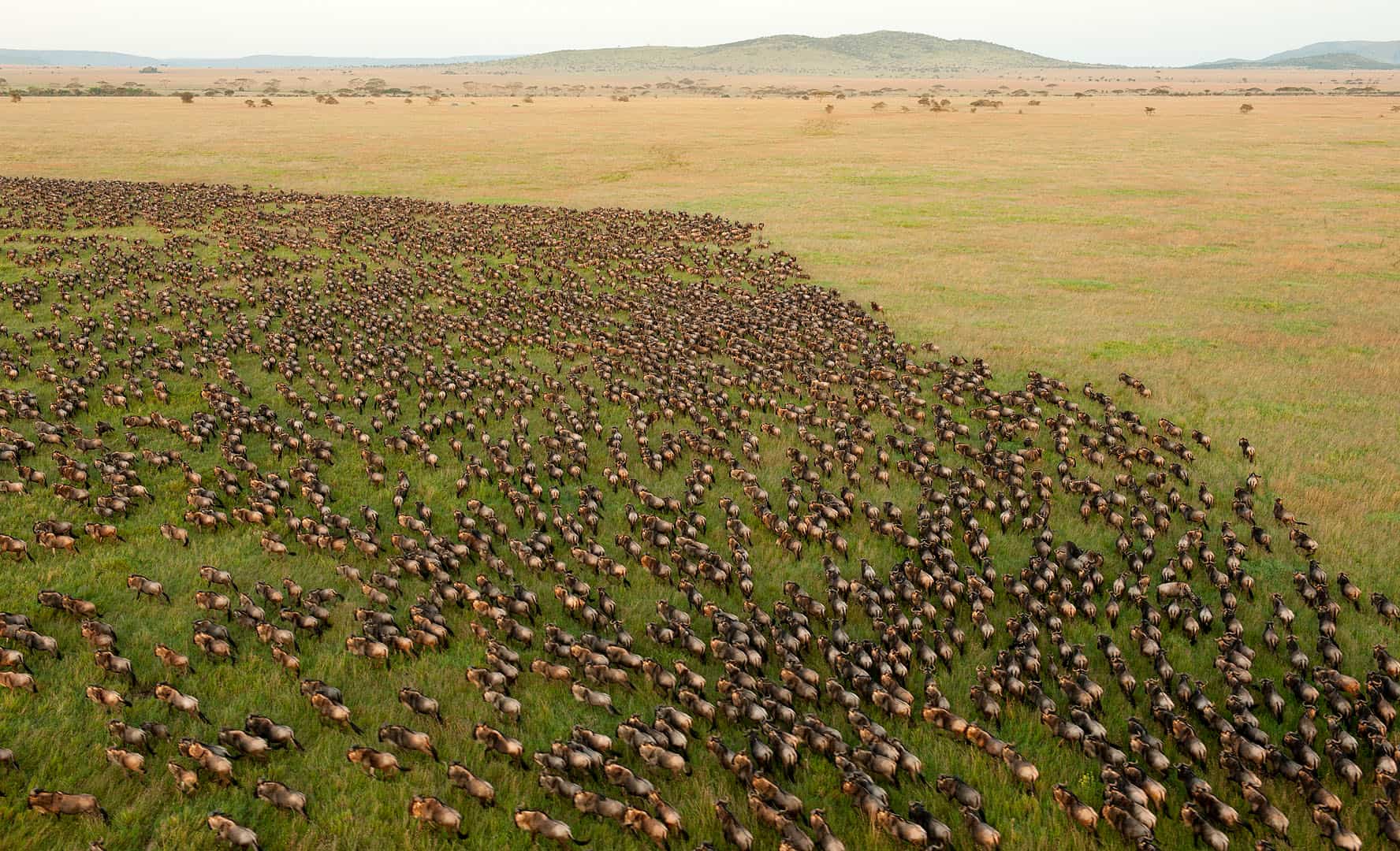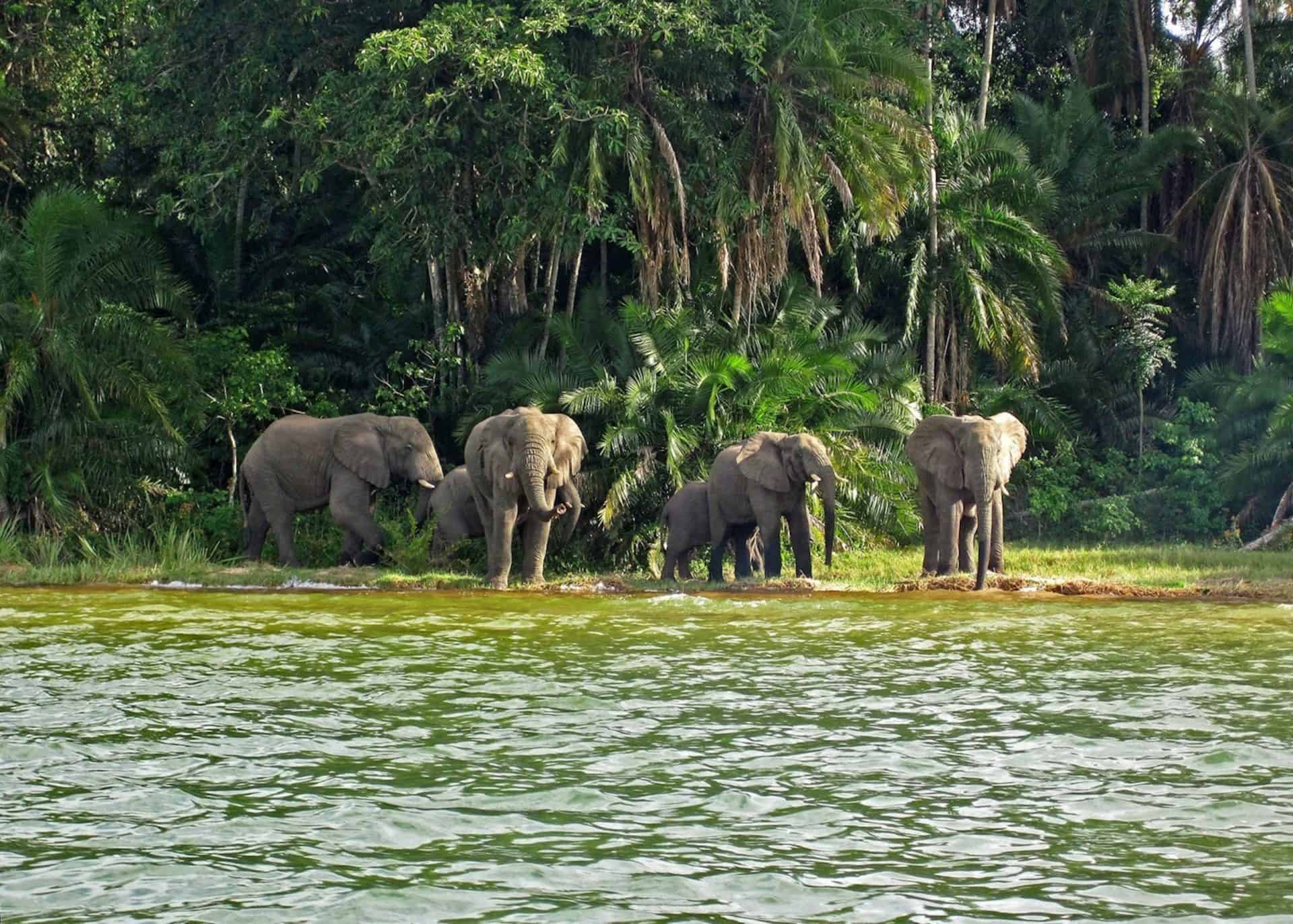Gombe National Park
- Home
- Gombe National Park
Gombe Stream National Park, on Tanzania’s western border with the Congo, is most known for Jane Goodall, a local primatologist who spent years researching the behavior of endangered chimpanzees in its woodlands.
Gombe Stream is an untamed place of lush trees and magnificent lake views, located on the wild borders of Lake Tanganyika. Once the day’s journey to view the chimps is finished, hiking and swimming are additional popular activities.
The chimpanzee families who live within the park’s confines are definitely the park’s major attraction. There are guided walks available that take tourists deep into the forest for a whole morning to see and sit with the remarkable primates – an astounding experience that many visitors to Africa consider to be the highlight of their trip. In addition to chimp viewing, the tropical woodlands of Gombe Stream are home to a variety of other primates. The deep forest is home to vervet and colobus monkeys, baboons, forest pigs, and small antelopes, as well as a diverse array of tropical birds.
Deep in the jungle, an eager whoop erupts, accompanied by a dozen additional voices, rising in volume, tempo, and pitch to a wild screeching crescendo. It’s the famed “pant-hoot” call, a bonding ritual in which participants can recognize each other by their unique vocal styles. Walking through the ancient trees of Gombe Stream becomes a spine-chilling eruption for the human listener, as well as an indicator of impending visual encounter with man’s closest genetic relative: the chimpanzee.
Gombe National Park is the tiniest of Tanzania’s national parks, a vulnerable chimp habitat straddling the steep hills and river valleys that enclose in the sandy northern side of Lake Tanganyika. Jane Goodall, whose pioneering work in 1960 established a behavioural research program that is now the world’s longest-running study of its kind, making its chimpanzees — acclimated to human visits – famous. Visitors can still observe the matriarch Fifi, the only living member of the original village, which was just three years old when Goodall first arrived in Gombe.
Chimpanzees and humans share 98 percent of their genes, and no scientific knowledge is required to discern between the celebrity, powerbroker, and supporting characters’ distinct repertoires of pants, hoots, and screams. When you gaze into a chimp’s eyes, which are examining you in return, you might notice a glint of understanding – a look of apparent recognition across the smallest of species borders.
Primates are the most noticeable among Gombe’s other mammals. The red-tailed and red colobus monkeys, which are routinely hunted by chimps, stick to the forest canopy, whereas a troop of beachcomber olive baboons has been studied since the 1960s and is particularly habituated.
From the renowned fish eagle to the jewel-like Peter’s twinspots that hop tamely around the visitors’ center, the park’s 200-odd bird species range from the iconic fish eagle to the jewel-like Peter’s twinspots.
After nightfall, the lanterns of hundreds of little wooden boats bobbing on the lake like a vast city add to the magnificent night sky.

